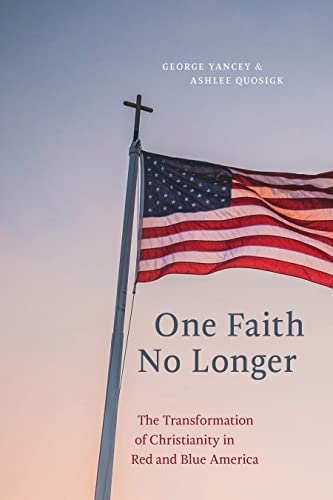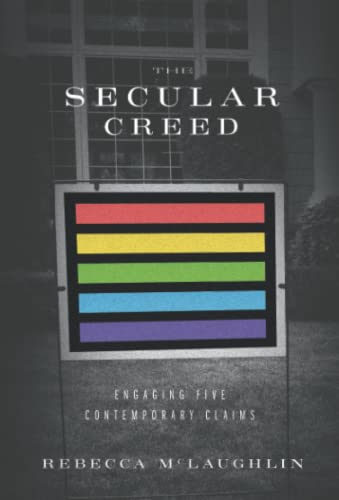Topical Preaching in a Complex World: How to Proclaim Truth and Relevance at the Same Time
Written by Sam Chan and Malcolm Gill Reviewed By William HCPerhaps no other two-word combination sparks more rancour and debate within the study and practice of homiletics than “topical preaching.” Within pastoral teams, seminary faculties and other ministries where God’s Word is honored and proclaimed, opinions diverge on whether structuring a sermon around issues like abortion, anxiety, or atheism should be fair game or off-limits. Battle lines are drawn, with one’s position and practice signaling either biblical orthodoxy or infidelity. (Consider, for instance, the first “mark” of a healthy church according to Mark Dever in Nine Marks of a Healthy Church, 4th ed. [Wheaton, IL: Crossway, 2021].)
Sam Chan and Malcolm Gill offer Topical Preaching in a Complex World fully aware of the controversies. Gill summarises a common sentiment: “Expository preaching is presented as valuing Scripture, whereas topical preaching is depicted as driven by human interest” (p. 7). Chan observes: “I had been taught to be suspicious of topical preaching; it demonstrated a lack of confidence in the Bible” (p. 1). From their experience as expository preachers and lecturers (both taught homiletics at Sydney Missionary & Bible College), these self-professed karaoke buddies sing through a collection of incisive chapters on the why and how of “mastering the art of topical preaching” (p. 2).
For the busy preacher, three things are worth noting. First, Topical Preaching in a Complex World is just as much a primer on topical preaching as it is a critique of expository preaching—defined here as “verse-by-verse, unit-by-unit, book-by-book preaching” (p. 5). This much is clear in the first chapter, where Gill attempts to deconstruct the view among some evangelicals that “expository preaching is what real Christians are all about” (p. 4). He marshals cross-cultural anecdotes to highlight the practice of expository preaching as unfamiliar among non-Western churches (p. 5), and points to examples in church history such as Jonathan Edwards and Billy Graham to highlight “that there has never been one uniform way to preach” (p. 9). While deeply valuing expository preaching himself, he insists preachers should “not confuse what is mandated in Scripture with what is simply Christian wisdom” (p. 6). On this point though, Gill’s lack of engagement with the various biblical texts proffered in support of expository preaching (e.g., Deut 33:10; Neh 8:8; Acts 2:14–41; 13:16–47; 20:27) weakens an otherwise persuasive plea to consider topical preaching as a “sibling” to expository preaching. Furthermore, the benefits Gill lists in favor of topical preaching—embracing diverse learning styles, honoring various cultural expressions, fostering a Christian worldview—arguably also emerge from expository preaching that’s contextualized, creative, and culturally intelligent. Given the remaining nine chapters focus on the praxis of topical preaching, a more robust opening argument would have helped.
Chan’s critique of expository preaching is more implicit and comes embedded within the meat of Topical Preaching in a Complex World, found in chapters 4–6 and 8. Here he walks the reader through how to approach a topic systematically (pp. 78–104), aware of the preacher and listener’s cultural contexts (pp. 105–21), and willing to acknowledge and interpret these in the sermon (pp. 122–48). There is much to gain here for both novices and experienced preachers, with Chan’s insights into preaching in a post-COVID era worth the price of the book itself. While much of the material is witty, missiologically sharp and worthy of careful study and use, the occasional anecdotes of individuals such as the culturally tone-deaf “seminary president” (pp. 107–8) felt a bit off-key. Furthermore, Chan’s implicit but inescapable assertion is that a theological commitment to expository preaching is an enculturated, Western, post-Enlightenment construct (or imposition)—a mark of an Anglo-influenced church, rather than a mark of a healthy church. Readers should evaluate the merits of Chan’s critiques for their own pastoral and missional contexts, but it seems that even a topic as “in-house” as preaching style has not escaped the broader culture wars.
A second point worth noting about Topical Preaching in a Complex World is that the insights in the rest of the book will serve preachers, irrespective of their preferred homiletical approach. For example, in chapter 2, Chan outlines the “T-Spectrum” (appropriated from recent insights into cross-cultural evangelism) to show how effective sermons will intentionally express levels of continuity or discontinuity to different salvation-historical stages (pp. 33–45). He then introduces a simple three-part paradigm (resonance, dissonance, gospel fulfillment) to apply all these stages to one’s preaching (pp. 45–49). Gill argues in chapter 3 that regularly and intentionally connecting our preaching to the gospel helps to serve the twin aims of edifying believers and evangelising unbelievers (pp. 51–77). While these and other insights certainly help to construct a persuasive topical sermon, certainly many of this reviewer’s own expository sermons would be much improved by better preaching to two audiences, addressing moral and personal topics sensitively (pp. 149–72), and committing to both resonate with and challenge our hearers in order to “fill their cup with new water” and complete their worldview with the gospel of Christ (p. 46). Chan’s observation of the debate between topical versus expository preaching as a proxy for the dialectic between systematic and exegetical theology (pp. 81–83) is particularly helpful.
Finally, a minor point about the book’s layout is worth noting. Pedagogically, the book in large part follows Chan’s prequel, Evangelism in a Skeptical World (Grand Rapids: Zondervan, 2018), with frequent sidebars to address smaller but important principles, and helpful worked examples of effective topical sermons (e.g., “How can we survive and thrive in disruption?” [pp. 102–4]). However, the reader may find the authors’ commitment to tag-teaming throughout the book as odd or uneven, and those of us planning to use this book to train preachers may be tempted to focus exclusively on either Gill’s melody lines or Chan’s. But as with good karaoke, it’s the duets that are more rewarding. So listen along with both Chan and Gill, catch their tune, and let your preaching (topical or otherwise) hit the high notes and better connect with your listeners.
William HC
William HC
Pakuranga Chinese Baptist Church
Auckland, New Zealand
Other Articles in this Issue
In the book of Kings, Elisha is the Spirit-empowered man of God who walks with God, represents God, and shows the way to covenant faithfulness through word and deed...
Baptists provide an excellent window into the American identity during the antebellum period...
This article explores Colossians, a letter in which Paul says a considerable amount about work...
This article offers a reading of Nicholas Wolterstorff’s objections to the doctrine of divine simplicity, which has seen a kind of rebirth amongst both Catholic and Protestant theologians in recent decades...
The Targums were not translations for the Aramaic-speaking masses who were ignorant of Hebrew...







